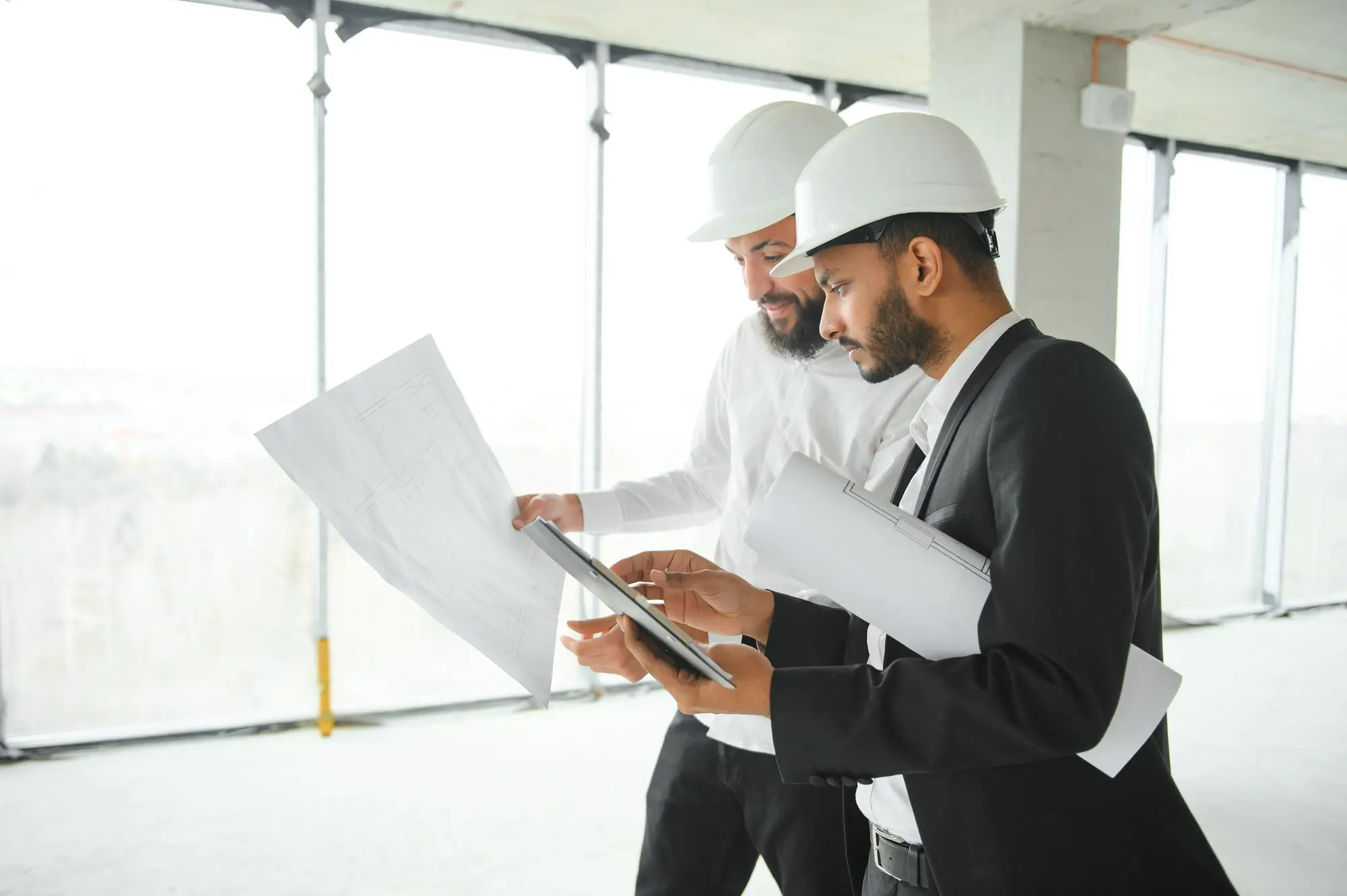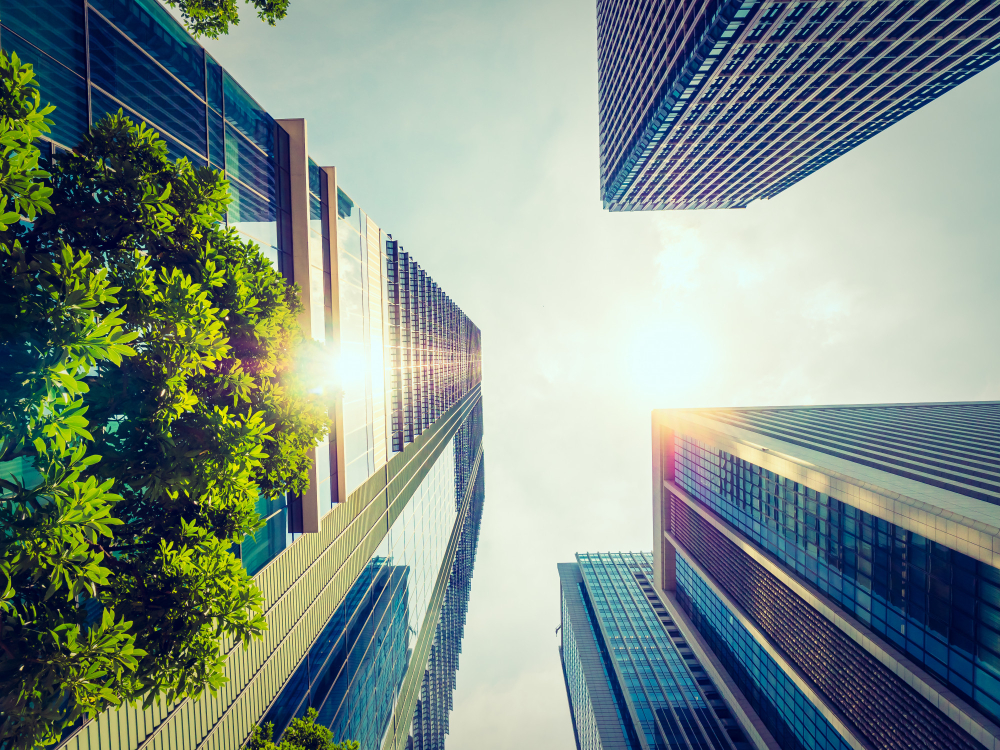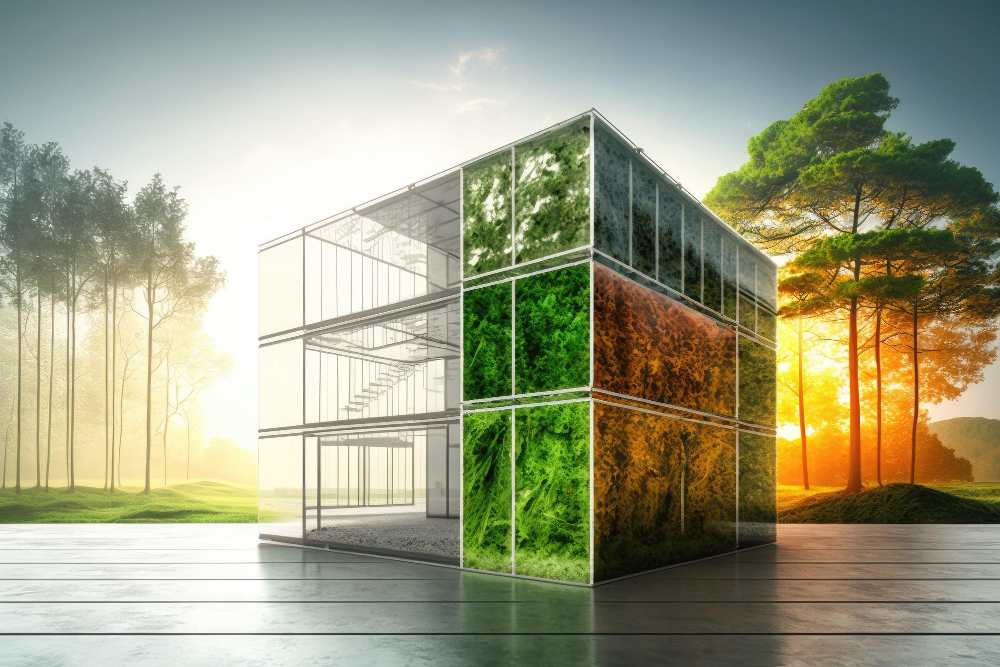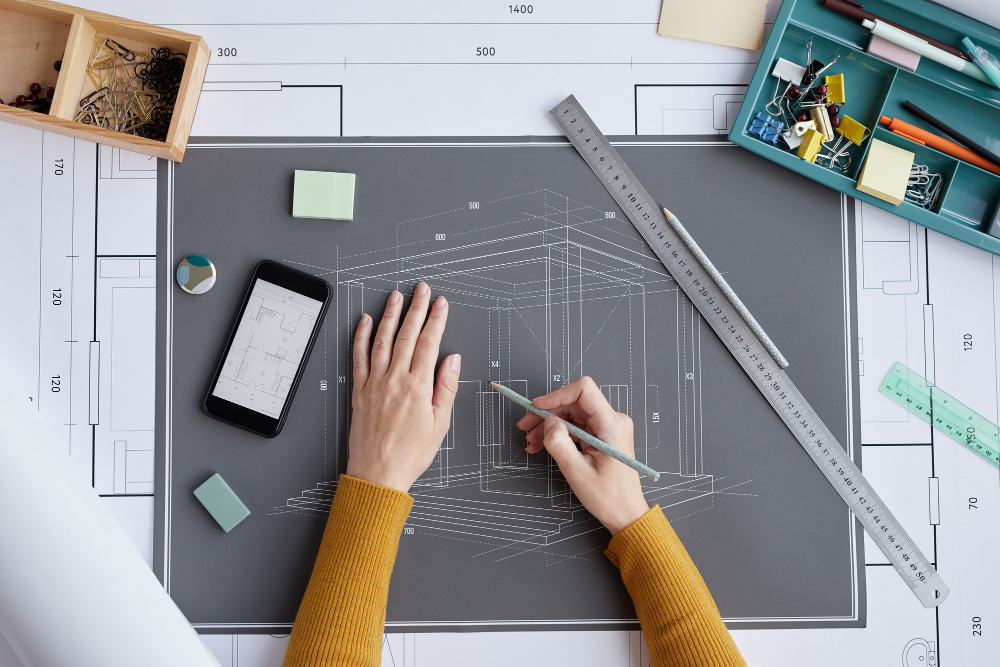Introduction
As the world grapples with climate change, resource depletion, and rapid urbanization, sustainable architecture has emerged as a crucial solution to reduce environmental impact. By incorporating energy-efficient designs, eco-friendly materials, and innovative technologies, sustainable architecture promotes greener, healthier, and more efficient living spaces. But how can we build a greener future using sustainable architecture? Let’s explore the key principles, benefits, and strategies.
What is Sustainable Architecture?
Sustainable architecture refers to designing and constructing buildings in an environmentally responsible way. This means reducing waste, optimizing energy use, and ensuring long-term sustainability. The primary goal is to create structures that harmonize with nature rather than exploit it.
Key elements of sustainable architecture include:
- Energy efficiency: Using renewable energy sources and minimizing power consumption.
- Eco-friendly materials: Prioritizing recycled, biodegradable, and locally sourced materials.
- Water conservation: Implementing systems that reduce water wastage.
- Passive design: Maximizing natural lighting, ventilation, and insulation to reduce reliance on artificial heating and cooling.
The Importance of Sustainable Architecture
1. Reducing Carbon Footprint
Buildings contribute to nearly 40% of global carbon emissions, mainly from energy use and material extraction. Sustainable architecture helps lower these emissions through energy-efficient designs and renewable energy integration.
2. Resource Efficiency
Sustainable buildings use fewer resources, reducing deforestation, water waste, and reliance on non-renewable materials. Green architecture promotes reusability and minimizes construction waste.
3. Healthier Living Spaces
Eco-friendly materials and proper ventilation improve indoor air quality, reducing exposure to toxins and pollutants. Sustainable designs also integrate natural elements like green walls and indoor gardens, fostering mental well-being.
4. Cost Savings in the Long Run
Although green buildings may have higher upfront costs, they provide significant savings over time by reducing energy bills, maintenance costs, and water consumption.
Key Strategies for Sustainable Architecture
1. Energy-Efficient Design
- Utilize solar panels, wind turbines, and geothermal heating to reduce dependence on fossil fuels.
- Implement smart building technology to optimize energy consumption.
- Design with high-performance insulation to regulate indoor temperature naturally.
2. Sustainable Building Materials
- Use bamboo, recycled steel, reclaimed wood, and hempcrete for eco-friendly construction.
- Avoid toxic materials like lead-based paints and synthetic insulation.
- Source materials locally to reduce transportation emissions.
3. Water Conservation Techniques
- Install rainwater harvesting systems to collect and reuse water.
- Use low-flow fixtures to reduce water wastage.
- Implement greywater recycling for irrigation and non-drinking purposes.
4. Passive Design Strategies
- Position buildings to maximize natural light and reduce artificial lighting needs.
- Use cross-ventilation to improve airflow and reduce air-conditioning use.
- Incorporate green roofs and walls for natural insulation and temperature regulation.
5. Urban Green Spaces & Smart Cities
- Promote urban afforestation to combat the heat island effect.
- Design walkable cities with cycling lanes to reduce vehicular pollution.
- Integrate public green spaces like parks and community gardens.
Examples of Sustainable Architecture Around the World
1. The Edge (Amsterdam, Netherlands)
One of the world’s greenest office buildings, The Edge integrates solar energy, smart lighting, and rainwater harvesting to maximize efficiency.
2. Bosco Verticale (Milan, Italy)
This residential complex features vertical forests that help absorb CO2, reduce noise pollution, and improve air quality.
3. Bullitt Center (Seattle, USA)
Dubbed the greenest commercial building, it runs entirely on renewable energy, captures rainwater, and promotes sustainable construction materials.
Conclusion
Sustainable architecture is more than a trend—it’s a necessity for a greener, healthier future. By adopting energy-efficient designs, eco-friendly materials, and water conservation techniques, we can create buildings that benefit both the environment and human well-being.
The shift towards green architecture requires collaboration between architects, engineers, urban planners, and policymakers. As individuals, we can support this movement by choosing sustainable housing solutions, advocating for green policies, and embracing eco-friendly lifestyles.
A greener future is not just a possibility—it’s a responsibility. The time to build sustainably is now.
Firas Engineering Consultancy: Leading the Way in Sustainable Architecture
Firas Engineering Consultancy is a pioneering firm specializing in sustainable architectural solutions that blend innovation with environmental responsibility. With a commitment to designing energy-efficient, eco-friendly, and resilient structures, Firas Engineering Consultancy incorporates cutting-edge technologies and sustainable materials to create spaces that are both functional and environmentally conscious.
Whether it’s green building certifications, passive design strategies, or renewable energy integration, Firas Engineering provides expert consultation and project execution to help clients build a greener future. By prioritizing resource efficiency, smart urban planning, and modern sustainability techniques, the firm is at the forefront of shaping the cities of tomorrow.
For more insights into sustainable architecture and expert guidance on your next eco-friendly project, visit Firas Engineering’s website and explore their portfolio of innovative, green designs.





